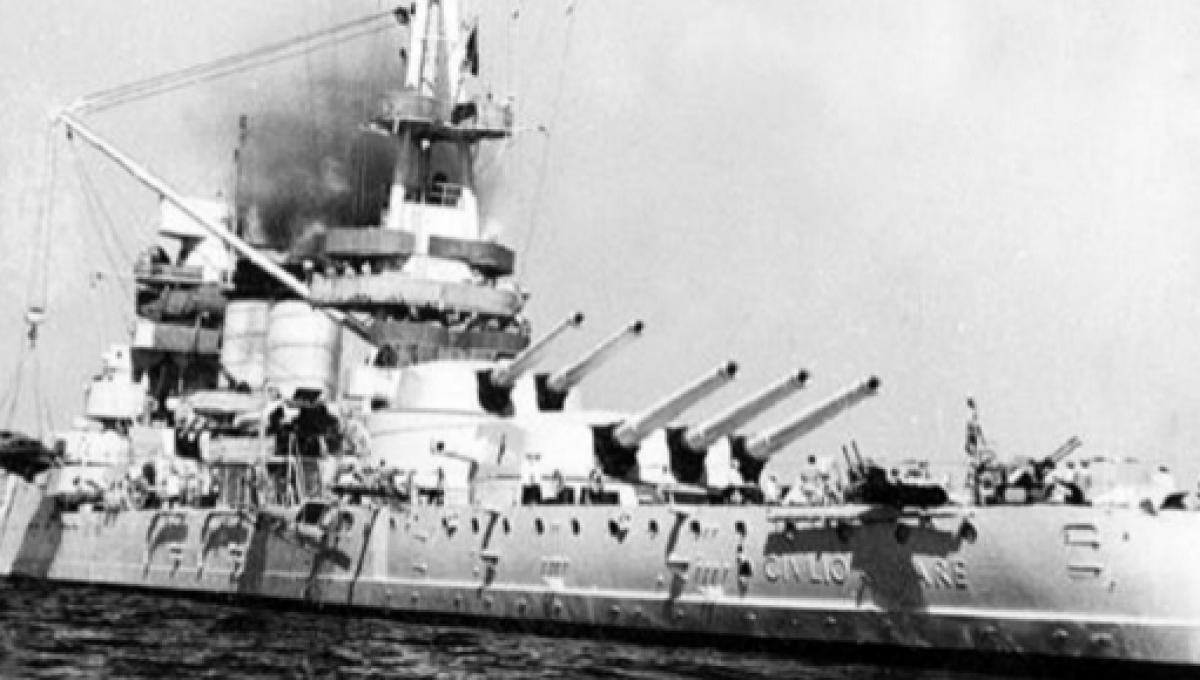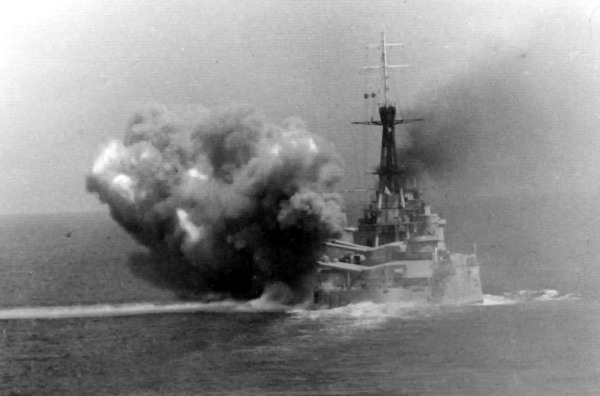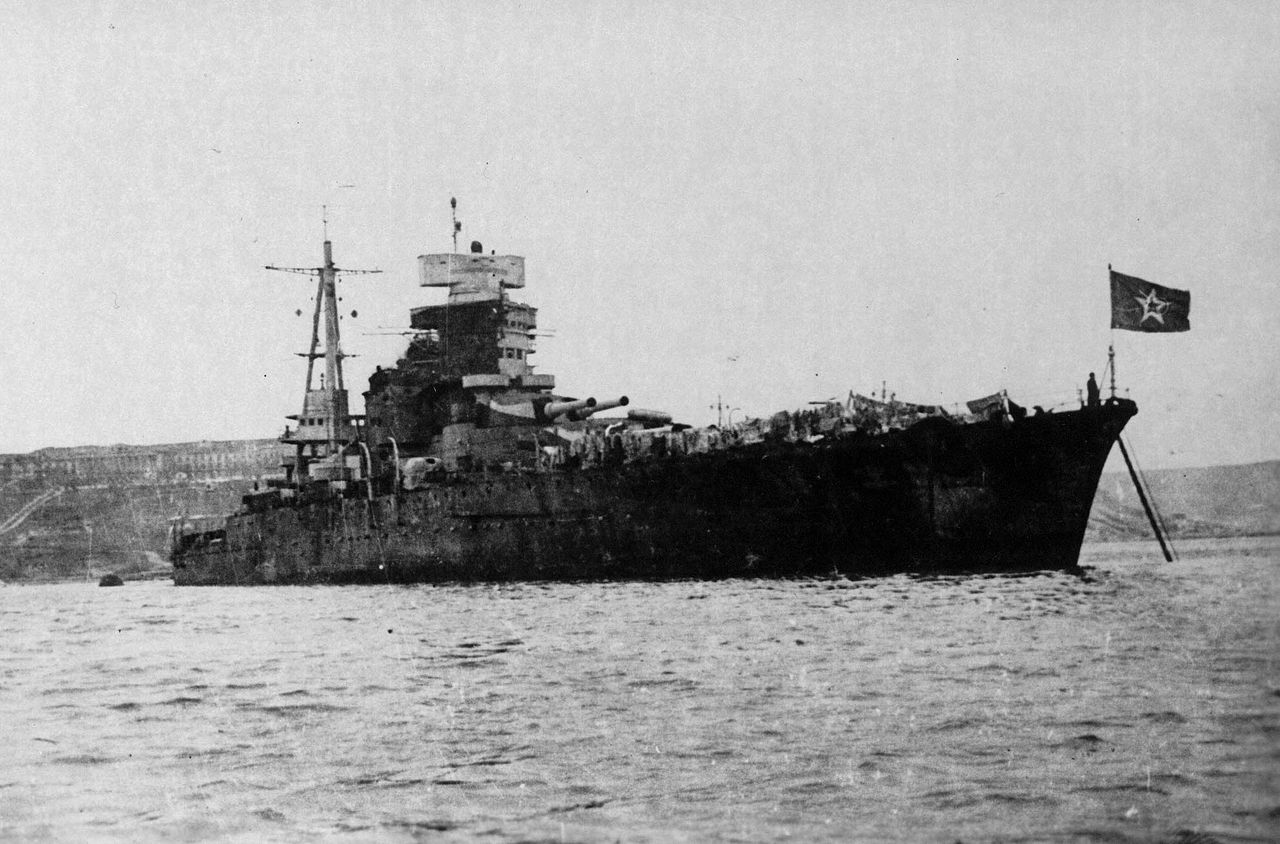in English
The sinking of the ‘Giulio Cesare’: was it a secret war between the Italian and Soviet navies?

Currently, the Black Sea is a battleground between Ukraine and Russia. Back in the 1950s, during the supposed armed peace of the Cold War, there was a rumor circulating about a conflict between Italy and the Soviet Union. It was said that Italy’s special forces sank the Soviet Union’s only battleship, Moscow.
At the end of World War II, the peace treaty outlined the disposal of a significant portion of Italy’s remaining Navy, formerly known as the Regia Marina. These ships were allocated to the victorious powers. However, while the US and UK relinquished their claims to these vessels, advocating for their scrapping as part of Italy’s disarmament, the Soviet Union insisted on taking possession of the ships allocated to them.
The vessels slated for surrender included various submarines, destroyers, the training ship Cristoforo Colombo, and the battleship Giulio Cesare. Giulio Cesare was part of the Conte di Cavour class. Although not a new ship, having been launched in 1914, it had undergone a comprehensive reconstruction and enlargement in 1933. This modernization included equipping the ship with ten state-of-the-art 320-millimeter cannons distributed across four turrets, two twin and two triple. During World War II, the Giulio Cesare had participated in several engagements, even surviving a hit from a 381-millimeter shell fired by the battleship Warspite without significant damage.
Following the armistice of September 8, 1943, when Italy switched from alliance with the Germans to the Allied forces, the ship had been effectively mothballed and was now slated for transfer to the Soviet Union, which took place in 1948.
However, the battleship held great symbolic value for the Italian Navy, leading to vehement protests and even mutinous sentiments upon its transfer. The government had to take special precautions to prevent sabotage while the ship was in port. Eventually, the battleship was handed over to the Soviets in the Albanian port of Vlore.
Renamed Novorossiysk and subjected to some modifications, the ship became part of the Black Sea Fleet. In this context, it held a unique status as none of the coastal countries possessed a vessel of such stature. Additionally, there was the possibility of converting the ship into a missile launcher armed with nuclear weapons, rendering the aging vessel still a potent threat.
On October 28, 1955, while in the vicinity of Sevastopol Bay, the ship was rocked by a massive explosion, resulting in the loss of 605 sailors. The explosion, estimated to have been caused by at least one tonne of explosives, gave rise to two hypotheses:
- The ship detonated due to a magnetic mine left behind by the Germans twelve years earlier. Large mines had been discovered in the bay, reinforcing this theory. This was the official Soviet explanation, although it lacked convincing evidence.
- The ship was deliberately destroyed by former members of the Italian Navy’s special corps, the X MAS, in collaboration with the British, using a ‘Maiale’ or ‘Slow Running Torpedo’ (Siluro Lenta Corsa). This small submarine was operated by two divers and was similar to the one used to sink the British battleships Queen Elizabeth and Valiant in Alexandria in 1941. This adventurous explanation was driven by a desire for revenge against the Soviets, who had aggressively pursued the ship’s acquisition at any cost. Post-2000 testimonies from a former raider claimed knowledge of this secret mission. Moreover, the explosion that sank the ship occurred precisely at the junction between the 1914 hull and some additions made in the 1930s, a vulnerable point known only to the Italians who had carried out the modifications.
This enigmatic tale remains a mystery that could rival the intrigue of “The Hunt for Red October.” In this case, it might not just be the plot of a film.

Grazie al nostro canale Telegram potete rimanere aggiornati sulla pubblicazione di nuovi articoli di Scenari Economici.









You must be logged in to post a comment Login